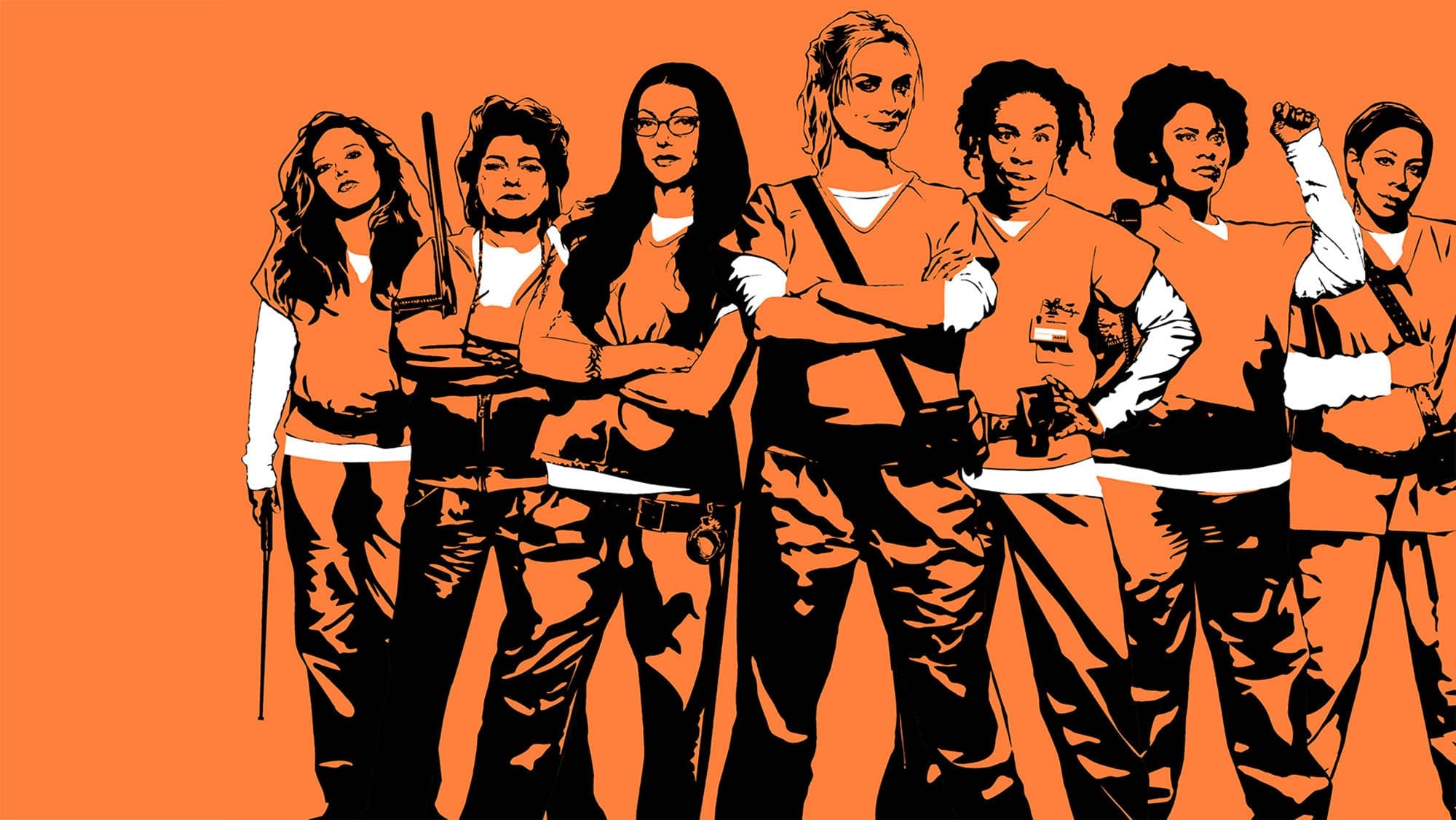
Remember when ‘Orange is the New Black’ was good?
Orange is the new Black returned for its seventh season this summer, so we’re taking a look back at the anticipation – or dread – before the sixth season aired.
—
“Bye bye, Litch,” are the words accompanying the newly released teaser for S6 of Orange is the New Black, signifying after the fifth season left us on an almighty cliffhanger, the sixth is leaving Litchfield behind.
The Tweet is part of Netflix’s announcement the next instalment of OITNB is on its way and will drop on July 27, news which will be met with delight or apprehension depending on your stance on the last couple of seasons of Netflix’s hit show.
When the dramedy about a group of women dealing with the reality of how life-changing prison can actually be hit our screens back in 2013, it was a breath of fresh air, as a TV show with sharp wit, gripping storylines, and narratives that properly represented queer characters and characters of color.
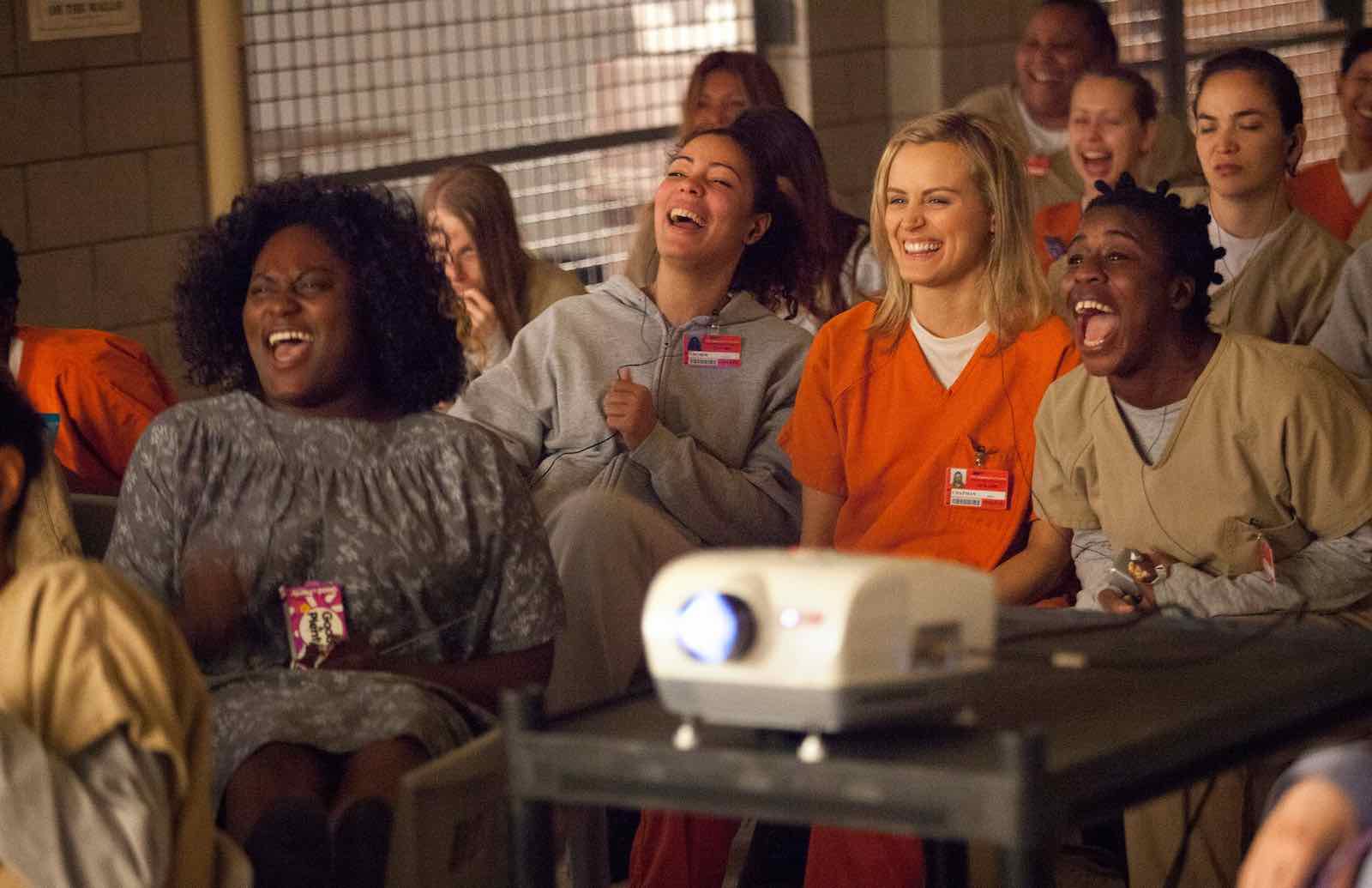
The first couple of seasons flew by, the third was slightly messier, telling the story of Litchfield prison’s change from a public institution to a privatized one, and season four showed its cards a little too late with regards to the critique on corporate influence on America.
And season five? Season five – chartering the thirteen-episode riot incited by the pivotal death of Poussey Washington (Samira Wiley) – was a big fat disappointment, which is why we’re feeling more than apprehensive about S6’s forthcoming release.
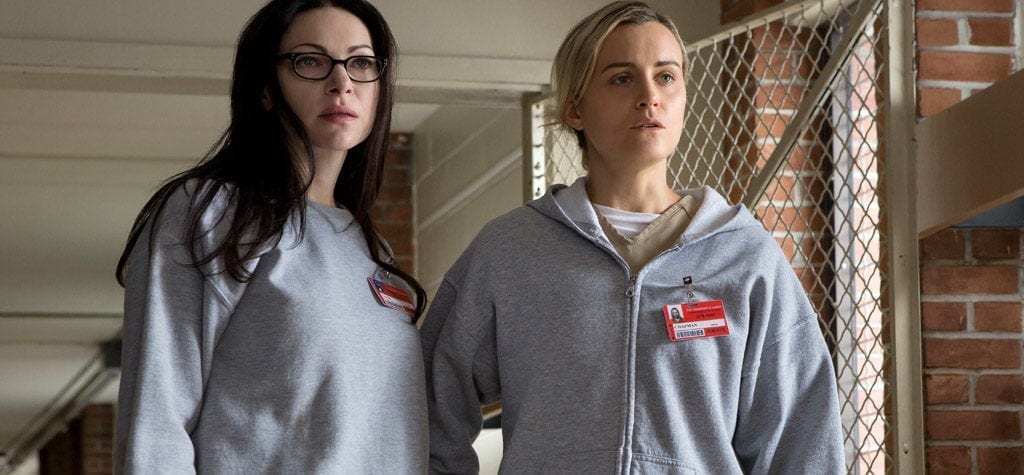
The characters at its heart
From the start, OITNB did something unique in making the central character Piper (Taylor Schilling) the least interesting of all the characters on the show. That is, compared with the likes of Poussey (Wiley), Taystee (Danielle Brooks), Red (Kate Mulgrew), Sophia (Laverne Cox), and Suzanne a.k.a. “Crazy Eyes” (Uzo Aduba).
The reason audiences fell in love with the show during the initial seasons is because as the storylines progressed, we learned more about these fascinating and dynamic characters on the periphery.
The stories were spread out and the writers did a fantastic job at making the Litchfield Correctional Facility a fully-fleshed out world. As Luvvie put it, “At the core of the show was heart, because even murderers, thieves, and drug dealers were people before they became known as numbers in matching jumpsuits.”
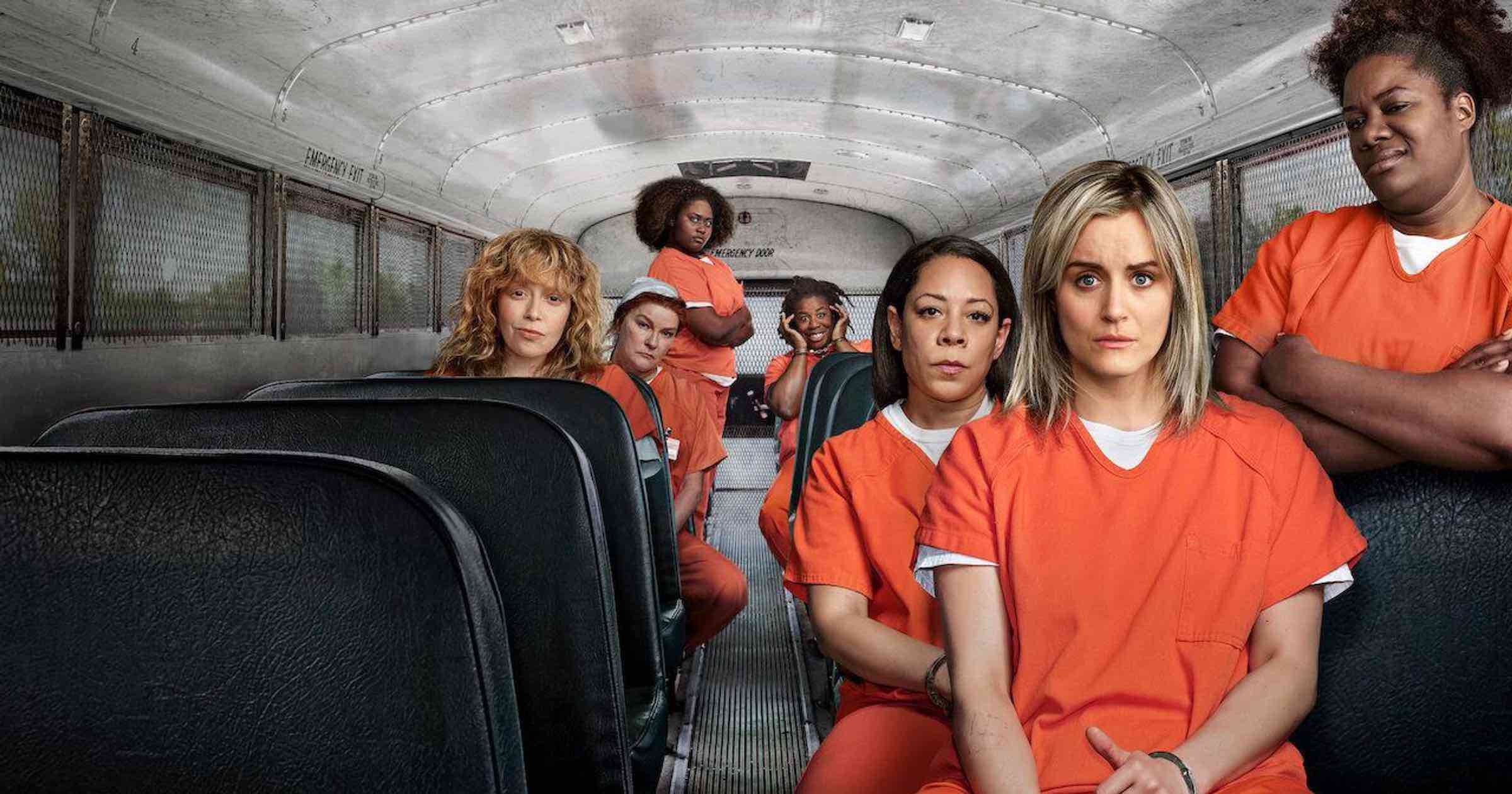
Fast forward to S5 and it seemed the decision to structure the season as taking place over three days did a disservice to the show. By stretching out a prison riot over thirteen episodes, it meant the character progressions suffered – a detail that is particularly harmful when you consider how important the depths of the characters are to the show.
As such, the likes of Sophia, Pennsatucky, Blanca, Frieda, Big Boo, Suzanne, Morello, Nicky were either portrayed in a completely different light to how they were introduced or they became utterly predictable. “Once the inmates take over the prison, their newfound power allows them little more to do than twiddle their thumbs for thirteen episodes,” wrote ScreenRant.

Plot holes galore
We’re fully aware S5 left us on a cliffhanger and there are always going to be plot holes in a TV show this wide-reaching, but the last season left us with enough questions to fill an abandoned swimming pool. How the fuck did Frieda build that pop-up shop bunker? Why were ten inmates announced as missing when there were twelve? And will we see Sophia again?
Also, let’s talk about episode nine, entitled “The Tightening”. As you’ll remember, it went full blown Halloween slasher on our asses as the deranged corrections officer Piscatella (Brad William Henke) infiltrated the facility during the prisoner led takeover to seek revenge on Red (Mulgrew).

While the episode poked fun at horror tropes, portraying Red as the hysterical woman before eventually showing her saving the gang with a frying pan no less, we think the episode missed a trick with regards to this play on cliches.
Would the episode not have been far more powerful had Cindy been the one to save the inmates? And also, what exactly is it that Piscatella wants? What made him take his anger out on the female inmates? Or perhaps we should be asking: at this point, do we even care?

Black Lives Matter
Most frustrating of all was S5’s take on the Black Lives Matter movement. Before we go into this, let us reminisce about the early days of OITNB. The show uncompromisingly embraced the female form in all its glory and the many different races and ethnicities that exist in US prisons with a diverse cast that presented just how much the rest of TV drama is overtaken by two-dimensional, straight, white female characters.
On the contrary, OITNB gave its many characters of color storylines with depth, heart, and complexity – women who are unapologetic for their strengths and their flaws. Meanwhile, the storylines were unflinching in portraying and highlighting senseless police brutality against African Americans both within the prison system and outside of it.
However, as the writers for season five took on the responsibility to address racism in America, the script suffered. “In the past, the women of Litchfield have had conflict across color lines but this season turned them into caricatures of ethnocentrism, creating an overly simplistic motive for them to become mortal enemies,” noted Luvvie.

Instead of following the format of focusing on a character and their backstory, this season rushed to cover the whole cast and as a result it felt dull and unrealistic. The riot became somewhat of a joke – locked in guards start playing “shag, marry, avoid” with the inmates, an officer is stripped down by prisoners to reveal a boner, and a prison director dressed up as an inmate gets involved in a talent show created to embarrass the guards.
GQ added, “it’s no wonder that, come the fifth episode, when the deceased inmate’s close circle make an impassioned (and very good) speech to the press gathered outside the prison about prejudice and racism, it falls just a little flat.”
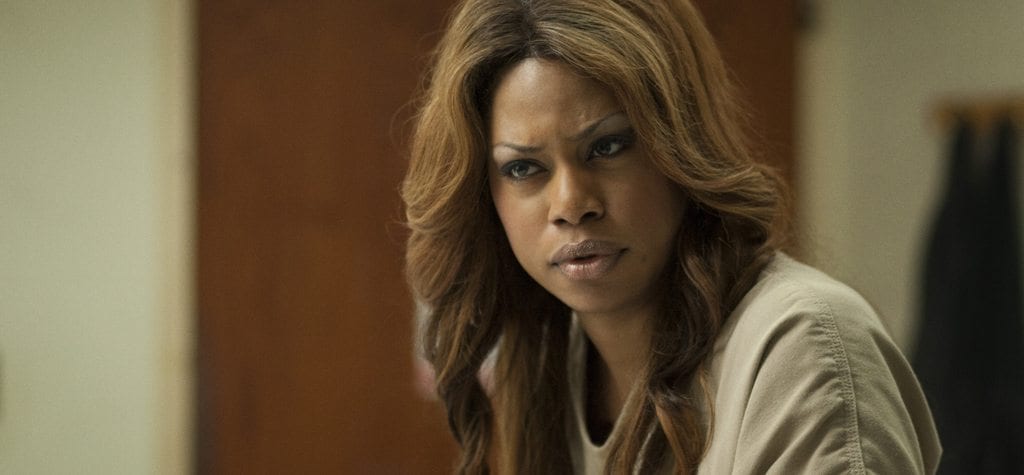
This is not to say OITNB has gone completely down the pan and you can’t deny its three-day format was ambitious. But for a show that originally featured dynamic characters of color, complex LGBTQI narratives, and stunningly crafted storylines to take away the backbone of its characters and to fluff its coverage of racial issues is just straight up depressing.
Perhaps had the writers’ room been anything other than all white females, S5 would’ve looked a little different. We’re hoping S6 doesn’t let us down in the same way and we finally get some answers to the burning questions we were left asking.



